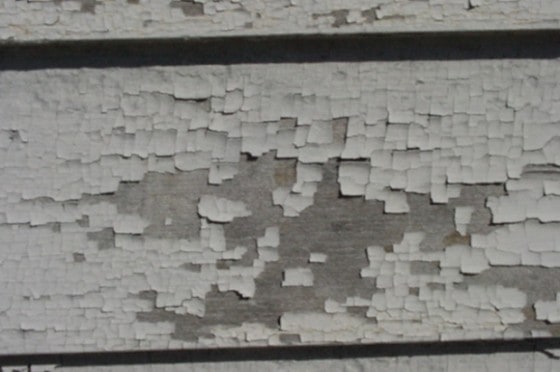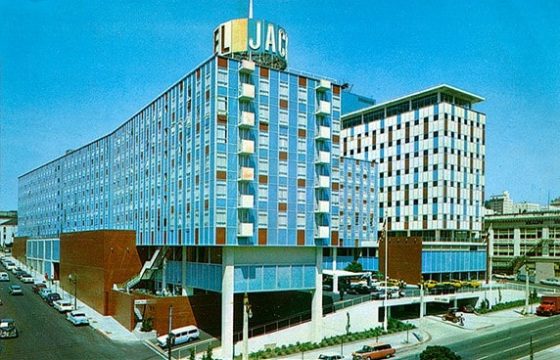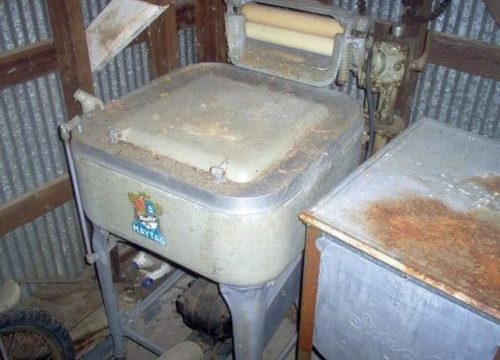
My Living Room Is Covered In Lead Paint Dust
I live with two roommates in a flat in a late-1800’s Victorian in the Haight, 3 units total. The flat below us has been under renovation for a couple of months now, and two Tuesdays ago, that work entered our apartment. Without warning, I came home to a 3′ wide floor-to-ceiling slot cut in our wall for a flue for a new heater in the apartment below. Not only was there no warning given, they left our furniture out to be covered in plaster dust, and did not seal the room so our kitchen and halls were covered in plaster dust, too.
The hole is still not closed up (waiting for the building inspector), and it looks like it will be at least three weeks total that the living room is ”non-occupiable space” as defined by the contractor. So far he has agreed to pay for a professional cleaner to come in after all the work is done, but I am concerned that the dust will not come out of our sofa, making it unhealthy to use, and that our health and that of our cats has been put at risk by all the dust (no asbestos but I’ve heard the old plaster is pretty hazardous, and there’s almost certainly lead paint somewhere in the layers).
What is our recourse? I’d like to ask for a rent reduction for the days the living room is off limits, but do I ask for 100% reduction those days? Or a portion of the rent? How do I determine if the upholstered furniture needs to be replaced, and how would I evaluate the cost? I don’t want to unjustly bleed the guy ’cause he’s usually pretty friendly and harmless, but not having any warning and everything been done so poorly is really enraging!
Your landlord is neither friendly or harmless. He acts friendly when he wants to con you to get what he wants or, as in this case, get away with something illegal. He’s certainly not harmless. Just look around your living room and take a deep breath of lead. Your landlord is a cheap Cheese Ball who is trying to get the work done for the least amount of money. He doesn’t give a rat’s ass about your health or your belongings.
Buildings built in the late 1800s always contain lead paint. Lead was an additive to paint back then. People simply didn’t understand how harmful lead could be, especially in powder form. Lead is especially harmful to small children and swallowing paint chips or breathing lead dust can cause brain damage. If you have children, GET OUT NOW!
The Environmental Protection Agency has very stringent requirements for renovation projects that could be contaminated with lead. The EPA pamphlet, the Lead Safe Certified Guide to Renovate Right is a must read for tenants. Here’s the section about renovation protocols:
Federal law requires contractors that are hired to perform renovation, repair and painting projects in homes, child care facilities, and schools built before 1978 that disturb painted surfaces to be certified and follow specific work practices to prevent lead contamination. The work practices the contractor must follow include these three simple procedures, described below:
1. Contain the work area. The area must be contained so that dust and debris do not escape from that area. Warning signs must be put up and plastic or other impermeable material and tape must be used as appropriate to:
• Cover the floors and any furniture that cannot be moved.
• Seal off doors and heating and cooling system vents.
• For exterior renovations, cover the ground and, in some instances, erect vertical containment or equivalent extra precautions in containing the work area. These work practices will help prevent dust or debris from getting outside the work area.
2. Avoid renovation methods that generate large amounts of lead-contaminated dust. Some methods generate so much lead-contaminated dust that their use is prohibited. They are:
• Open flame burning or torching.
• Sanding, grinding, planing, needle gunning, or blasting with power tools and equipment not equipped with a shroud and HEPA vacuum attachment.
• Using a heat gun at temperatures greater than 1100°F.
There is no way to eliminate dust, but some renovation methods make less dust than others. Contractors may choose to use various methods to minimize dust generation, including using water to mist areas before sanding or scraping; scoring paint before separating components; and prying and pulling apart components instead of breaking them.
3. Clean up thoroughly. The work area should be cleaned up daily to keep it as clean as possible. When all the work is done, the area must be cleaned up using special cleaning methods before taking down any plastic that isolates the work area from the rest of the home. The special cleaning methods should include:
• Using a HEPA vacuum to clean up dust and debris on all surfaces, followed by
• Wet wiping and wet mopping with plenty of rinse water.
When the final cleaning is done, look around. There should be no dust, paint chips, or debris in the work area. If you see any dust, paint chips, or debris, the area must be re-cleaned.
The brochure also provides a hotline to report contractors who are not following the protocols. Call EPA’s hotline 1-800-424-LEAD (5323) and report the landlord and the contractor. If the work is not completed, you should also call a Housing Inspector with the San Francisco Department of Building Inspection to issue a violation based upon the habitability of the unit. File a complaint against the contractor with the California State Contractors License Board. I’m not sure how effective this will be but it’s worth a shot.
File a petition for decrease in services at The San Francisco Rent Board. I suggest you ask for a rent deduction of 100% of the rent for the days you were forced to live in what was, essentially, an uninhabitable unit. (Refer back to the EPA brochure.) You should also include any breaches of your quiet enjoyment–noise, fumes, inconvenience, etc.–for the ongoing construction.
How many times do I have to say it? Your landlord is not your friend! Your landlord does not care about you. To your landlord you are livestock. Your complaints fall upon his ears like the lowing of dairy cattle. When you’re no longer productive, that is not paying enough rent, you’re a commodity to be tossed out and rendered into dog food.




This is such good info – wish I’d read it back when our landlord was potentially exposing us (and their unaware workers) to lead paint dust. Instead, I wasted time trying to contact the wrong people. Calling the EPA or, as a friend later suggested, Cal/OSHA, would’ve probably resulted in a faster response.
Thanks for what you do.
Good point.
I’d be as concerned about the dust in the kitchen. If there’s dust in the kitchen, don’t cook or eat there until the room has been thoroughly cleaned. Any food not in sealed containers or the fridge should be tossed. All cooking and eating implements should be washed as part of the cleanup. Landlords know better than to do this kind of sloppy work, but they just don’t give a damn.